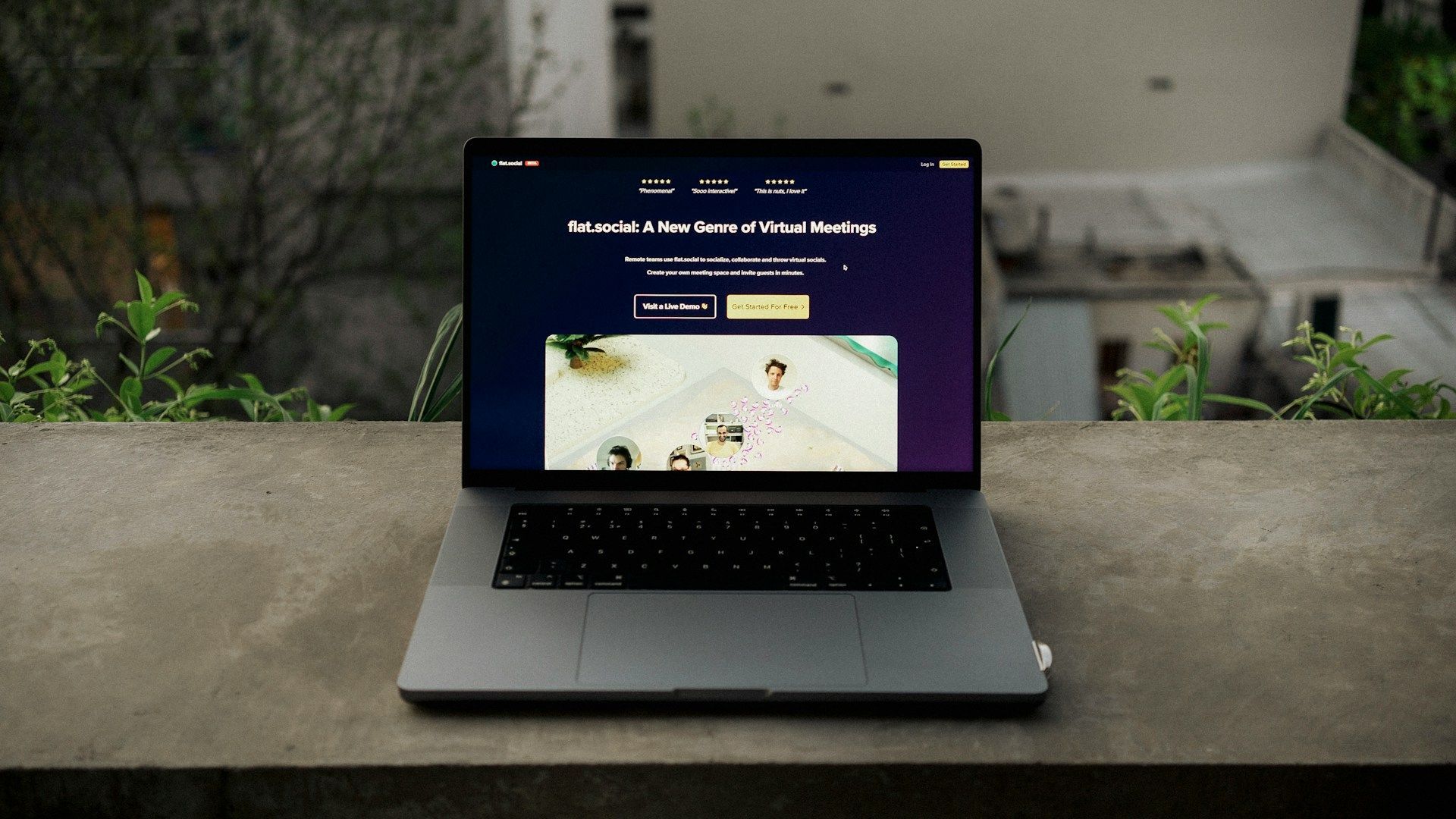Elevate Your Web Development with UX Design Best Practices
As more businesses recognize the importance of a strong online presence in today's digital landscape, optimizing the user experience (UX) has become a crucial aspect of effective web development. By adopting UX design best practices, you can create websites that are visually appealing, easy to navigate, and tailored to your target audience's needs and expectations, ultimately driving customer satisfaction, retention, and conversions.
In this blog post, we will delve into the essential principles of UX design and provide actionable tips for incorporating these best practices into your web development projects. From understanding your users to optimizing your website's layout, typography, and navigation, we'll guide you through the steps to create an inviting, intuitive, and impactful online experience that meets your customers' needs and drives your brand's success.
Ready to take your web development projects to the next level with user-centric UX design best practices? Reach out to the experienced team at Oddball Creative Agency, and let us work together to create engaging, user-friendly websites that seamlessly align with your brand identity and help you achieve your business goals.
I. Understanding Your Users
To create a user-centric website, you first need to understand your target audience and identify their needs, preferences, and expectations. Here's how:
1. Conduct user research: Employ various research methods, such as surveys, interviews, and user testing, to gather insights about your audience's behavior, goals, and pain points.
2. Create personas: Develop detailed user personas that represent your target audience segments, outlining their demographics, motivations, and challenges.
3. Map user journeys: Document the typical user journey on your website, highlighting each touchpoint and potential pain points to inform your UX design strategies.
II. Crafting an Intuitive Layout and Navigation
An intuitive website layout and navigation are crucial for ensuring a seamless user experience. Apply these best practices in your web development process:
1. Avoid information overload: Organize your content into digestible chunks, using headings, subheadings, and bullet points to make your website easy to scan and absorb.
2. Employ clear navigation: Implement a straightforward and consistent navigation menu that allows users to find information quickly and navigate your site efficiently.
3. Ensure responsiveness: Optimize your website layout for different devices and screen sizes, ensuring a seamless user experience regardless of how your audience accesses your site.
III. Optimizing Typography and Visual Elements
Your website's typography and visual elements can significantly influence UX. Use these tips to create a visually appealing website that's easy to read:
1. Choose legible fonts: Select typefaces that are easy to read on both desktop and mobile devices, prioritizing readability over stylistic flair.
2. Establish a clear visual hierarchy: Use contrasting font sizes, weights, and colors to distinguish headings, subheadings, and body text, aiding users in scanning and consuming your content.
3. Use white space wisely: Leverage the power of white space to give your website a clean, uncluttered appearance that improves readability and enhances the overall user experience.
IV. Ensuring Website Accessibility
A critical aspect of UX design is ensuring your website is accessible to all users, including those with disabilities. Follow these best practices for web accessibility:
1. Use descriptive alt text: Include descriptive alt text for images and other visual elements, making your website more accessible for users with visual impairments and improving your site's SEO.
2. Ensure ample color contrast: Select color combinations for your text and background that provide sufficient contrast, making your content easily readable for all users, including those with color vision deficiencies.
3. Use clear, descriptive link text: Craft descriptive and action-oriented link text, enabling users to understand the purpose of each link and improving overall navigation.
Final Thoughts
By incorporating best practices in user experience (UX) design into your web development projects, you can create engaging, user-friendly websites that effectively meet your audience's needs and drive your brand's success. From understanding your users and crafting intuitive layouts to optimizing typography and ensuring accessibility, these strategies can help you enhance website performance, boost user satisfaction, and ultimately achieve your business goals.
Ready to elevate your web development process with
expert UX design guidance? The experienced team at Oddball Creative Agency is here to help. Reach out to us, and let's embark on a journey to create engaging, user-centric websites that truly resonate with your audience and drive exceptional results for your brand.



